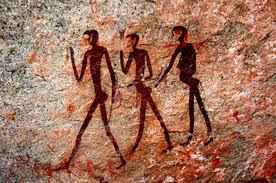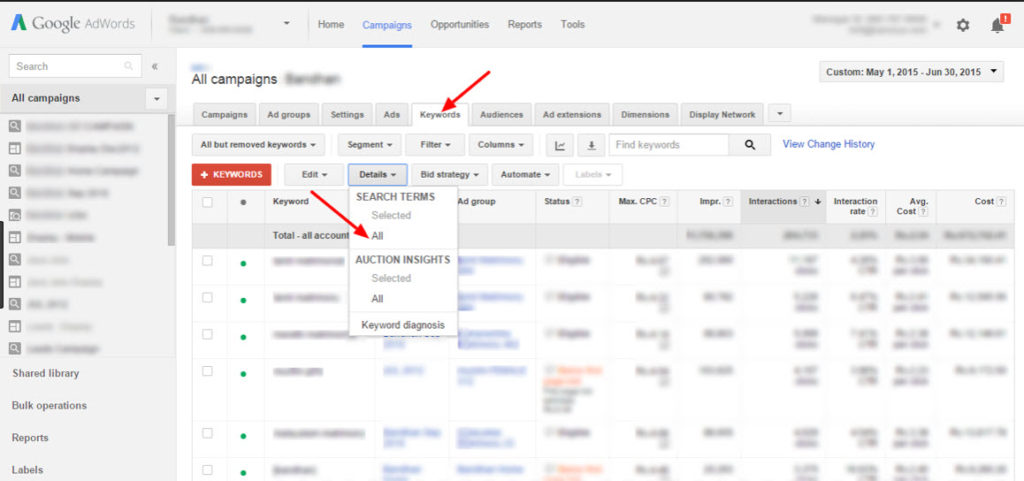Staples on Twitter.

A “social” friend of mine, Julie, turned me on to a Twitter site today that kinda follows one of my best practices for commercial tweeting. It’s Staples. I preach to clients and friends that corporate users shouldn’t just broadcast promotional info and/or respond to help questions on Twitter. Rather, they should create a persona for their Twitter presence that embodies the brand and inspires positive thought and action. Think of it as a role in a movie with a motivation. The motivation should track to the brand plan and push the brand planks.
In the case of Staples, the “tweet team” consists of five people, each with their own tag. Michelle is MO, Kevin AB, etc. This allows them to be identified and personalized, plus it shares the workload. At this point, I’m not yet sure if these people are SMEs (subject matter experts) or generalists. It would be a smart if they had discrete areas of expertise and personalities to fit.
Buy and Multiply.
More and more companies are hiring people to handle social media. Some are outsourcing (stopgap), others using interns (big gap), the smart ones employ senior management who get the brand strategy. The big promise of Twitter is not to make customers happy – one at a time – but to inspire customers to buy, share and multiply. The key word here is inspire. Tweeters have to be engaging individuals…with personalities. And just like in a retail setting they can’t be shills. They must be sensitive, funny and friend-like. If you are on the receiving end of a commercial tweet you need to “feel” the company tweeter – and like her/him. The persona is key.
Staples has made a good start here, let’s see hat they do with it. Peace on Haiti.





